One of the few things I don’t mind too much is Christmas shopping for the sportsman on the list. I did a lot of looking around last weekend not because I needed to but because I wanted to. I thought that I would give a summary of my observations today. Between the run on firearms and ammunition to the supply chain issues I got a general sense of how things are fairing.
I wrote about the gun show earlier this week. This particular one happens twice a year and happens to be my geographically closest, perennial show. It also happens to be regarded as one of the best in the state, so I usually make a point to go even though I never buy anything.
The truth was I was looking for a few items. I was looking for shotgun slugs for my next range trip. I am waiting for some on order but I also wanted a different style as well. The way things are going these days between availability and quantity limits, it is very difficult to find all of what you want in one transaction. I was also looking for reloading components, specifically powder.
Here is what I saw
- Firearms – Some of the same players were there. The Old West Colt dealer was there. He had his $3000 Peacemakers and his selection looked as healthy as ever. The big, show dealers were absent. Typically, these are regional dealers that take 3-6 tables and have that many new firearms. The single table, 7-8 hunting rifles for sale seemed to also be missing. The side racks usually hold the ‘value’ purchases. Most of what I saw there were surplus bolt actions, the Mosin-Nagants, Mousers, 1903 Springfields and the prices weren’t bad. Overall, I would estimate 50% less firearms than normal.
- Ammunition- Typically there are several vendors that are selling ammunition only. Sometimes they are reloads, sometimes they are just a selection of factory new. There were no vendors of this description. Ammunition in general was pretty scarce. What was there was no deal, I would say above even market rate which is probably why it was still available. Components faired worse. I saw almost no powder, or bullets or primers. I saw 1000 primers for $144. That is 4x what I paid two years ago.
- Knick-Knacks – I wouldn’t say that there any more dealers there than normal. I would describe the most prevalent tables as dealers that had 5-20 firearms and 75% of the table space was other sporting goods. I would describe it as a sort of a flea market or bizarre of related goods. It is kind of fun to see once in a while but largely more of a time waster. There was one dealer that had several tables of cheap knives, that was new. There were several dealers of knives only which is unusual.
Because I failed at finding slugs at the gun show, I checked several other places. Sportsman’s Warehouse had no slugs and no reloading components other than bullets (which selection does seem to be improving slightly). It seems like 9mm is available now, albeit the price is three times what it was and you are limited to two boxes per purchase. As I said before, I don’t own a 9mm but it is the bellwether being probably the most common and cheapest centerfire caliber. They even had some 22LR, the price was $50 for a 500 bulk pack which I last bought for $15 two years ago.
I next checked a regional chain called Coastal Farm and they did have slugs with a limit of two boxes. A box is five slugs and I want five boxes (25) for my sight in test and to have a box or two in reserve. This chain has several stores in our region so I went to another nearby town. They also had slugs, but they restricted me to one box. So, technically I have enough to do my test and that is it. I suppose the good news is that I paid $8 a box which seems to be the best price I have seen.
In between the two, I went to a local pawn shop that I have had good luck. They did have a couple boxes of slugs for $10 a box. I wish I would have bought them based on how the rest of the day went. They were busy with other transactions and no one was behind the gun counter, so I left.
I will say it again, but when checking ballistics, having one lot (and brand) of ammunition is important for consistency purposes. Now that I have surveyed the state of affairs, it will be really difficult to achieve this in this in the current times.
End Your Programming Routine: I am hearing on the national radio shows that the shortage is getting better. The ammo/component makers are saying that they are making more than ever, yet the shelves still seem to be bare. The reason any ammunition is on the shelves, it is two – four times what it was. My analysis says that it might be infinitesimally better. You might be able to buy something, be prepared to pay significantly more and don’t expect a lot of choice in load and bullet.
I saw slugs available in September right before hunting season but the way these things go, that will be the last time I see them on the shelves until next hunting season. I think that we have a long way to go. I wouldn’t be surprised to see it still a problem in 2023.
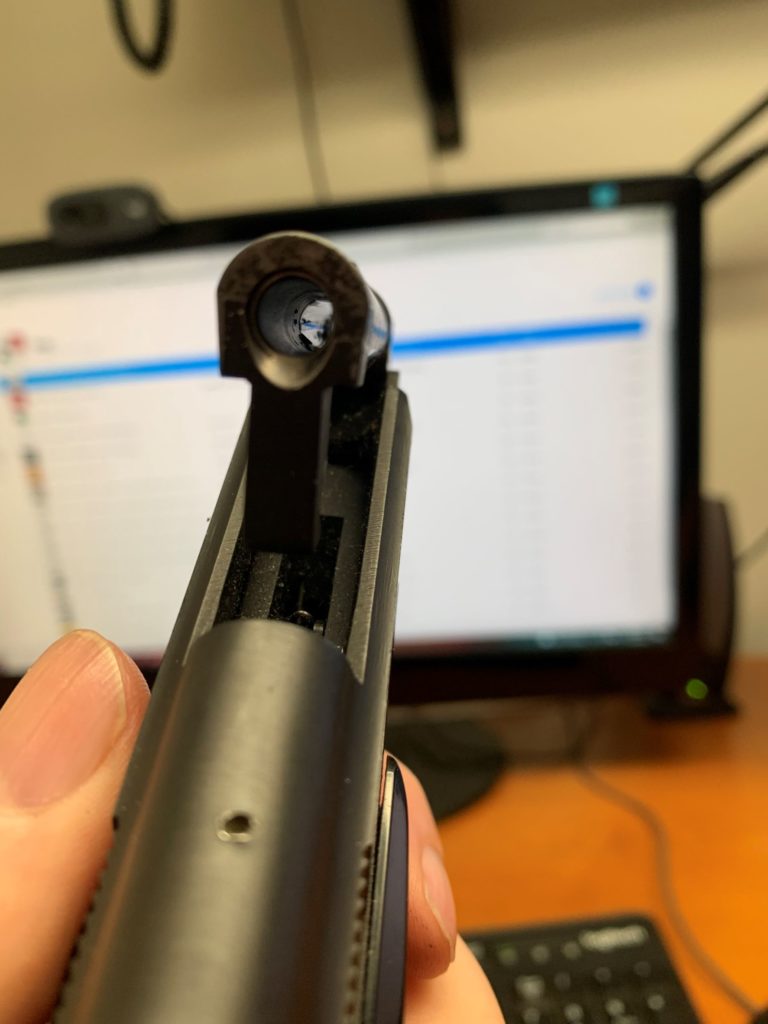

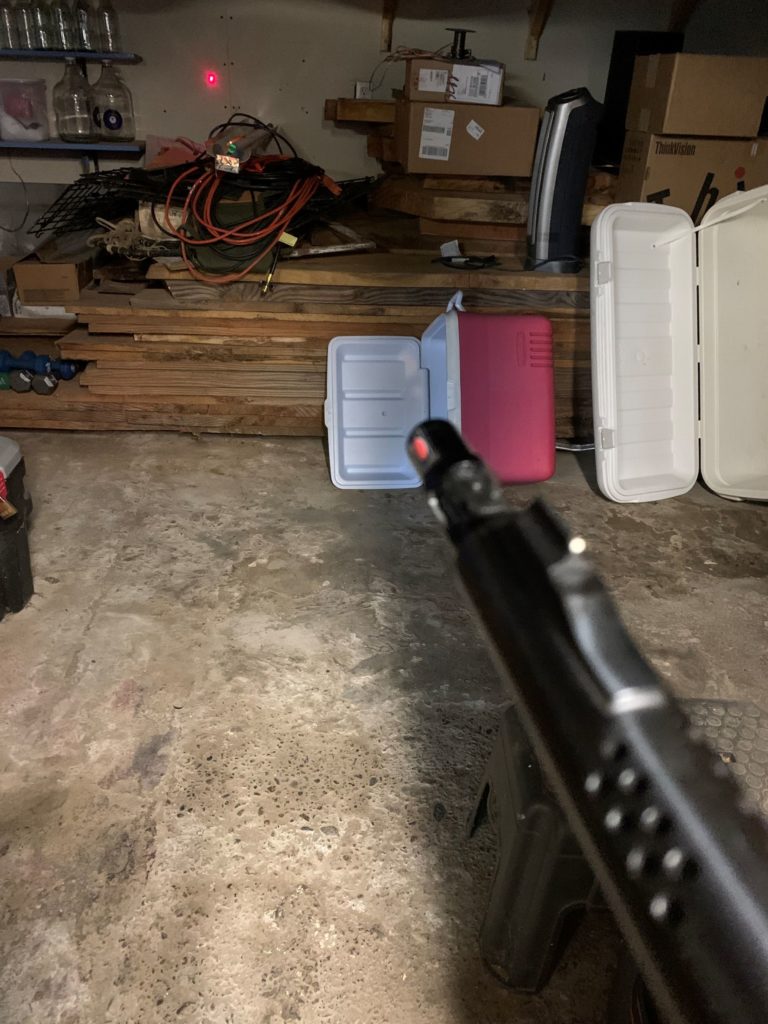
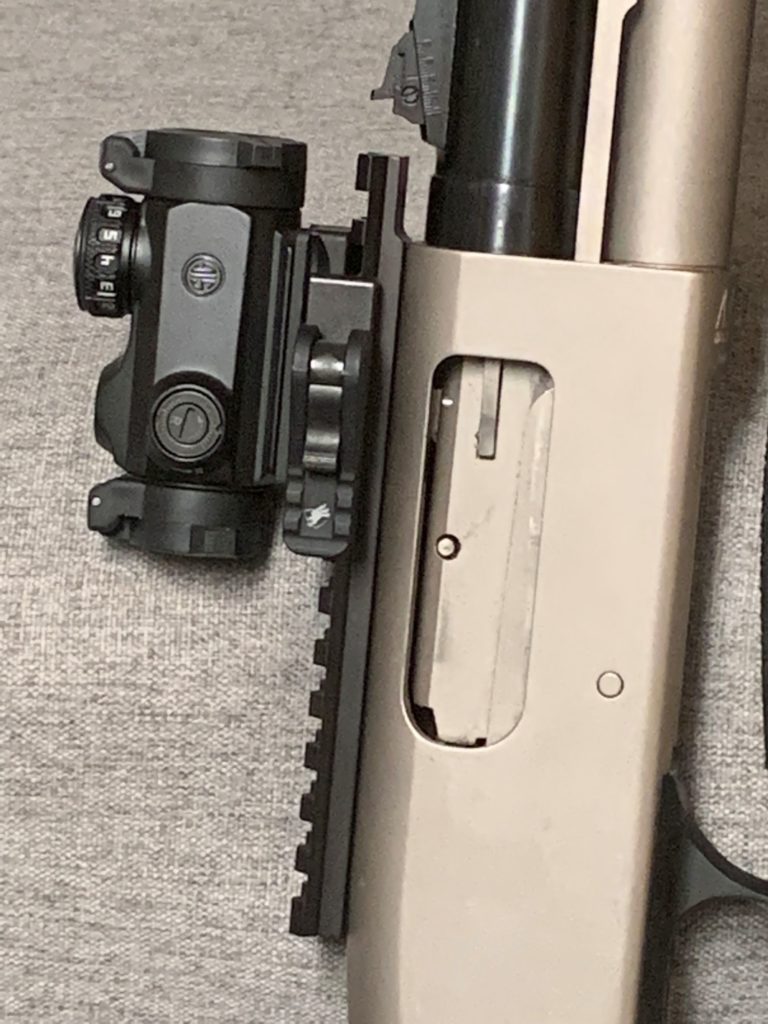
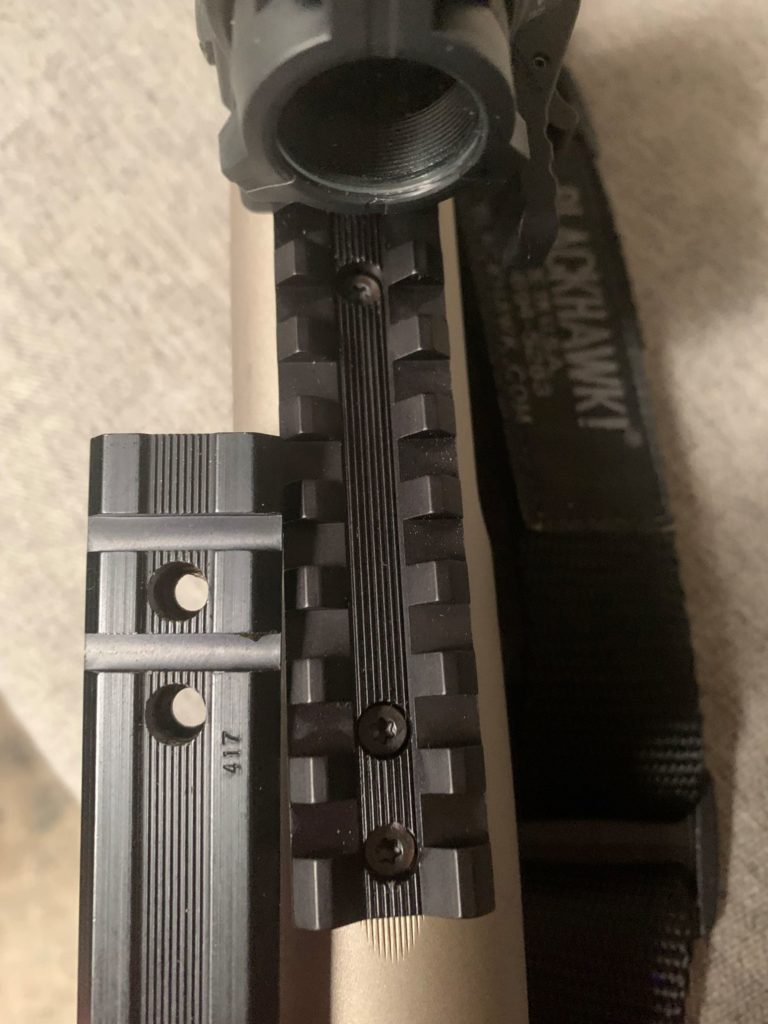

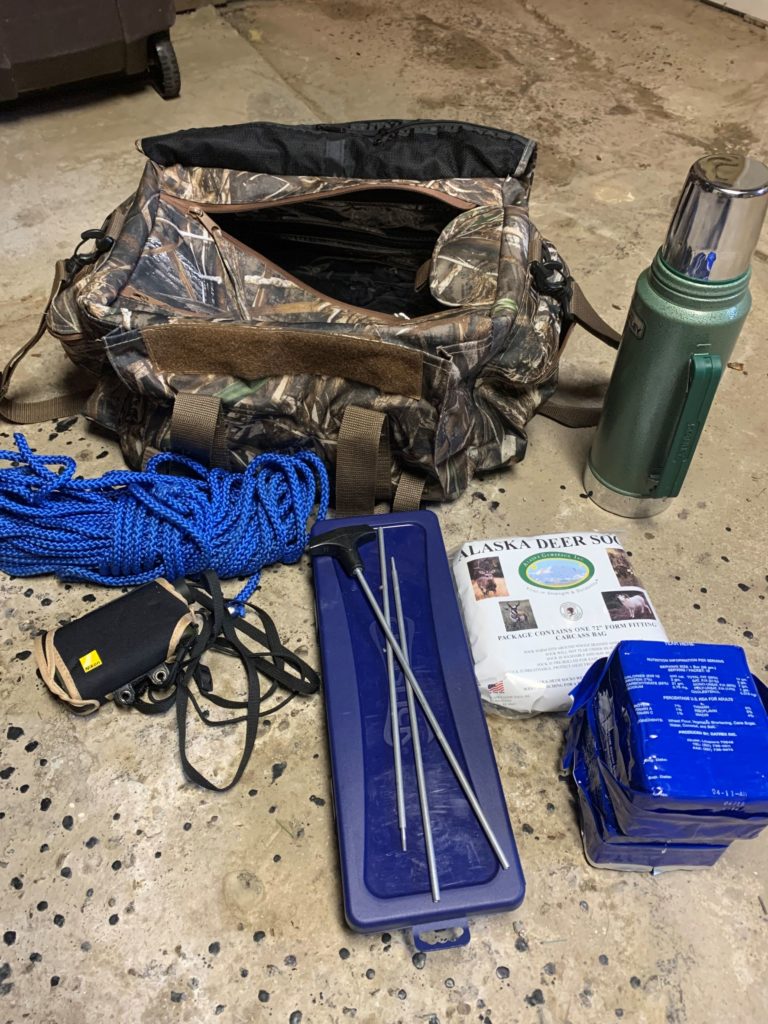




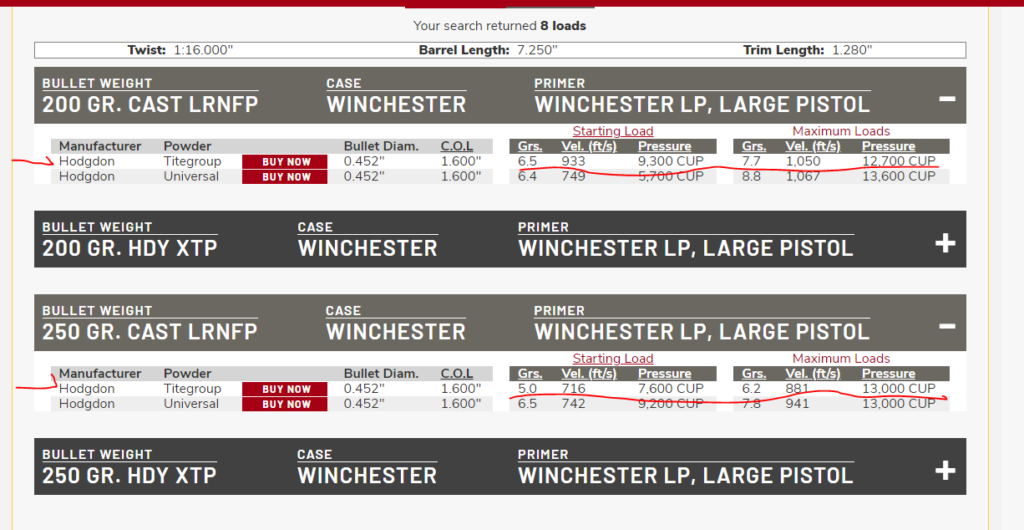
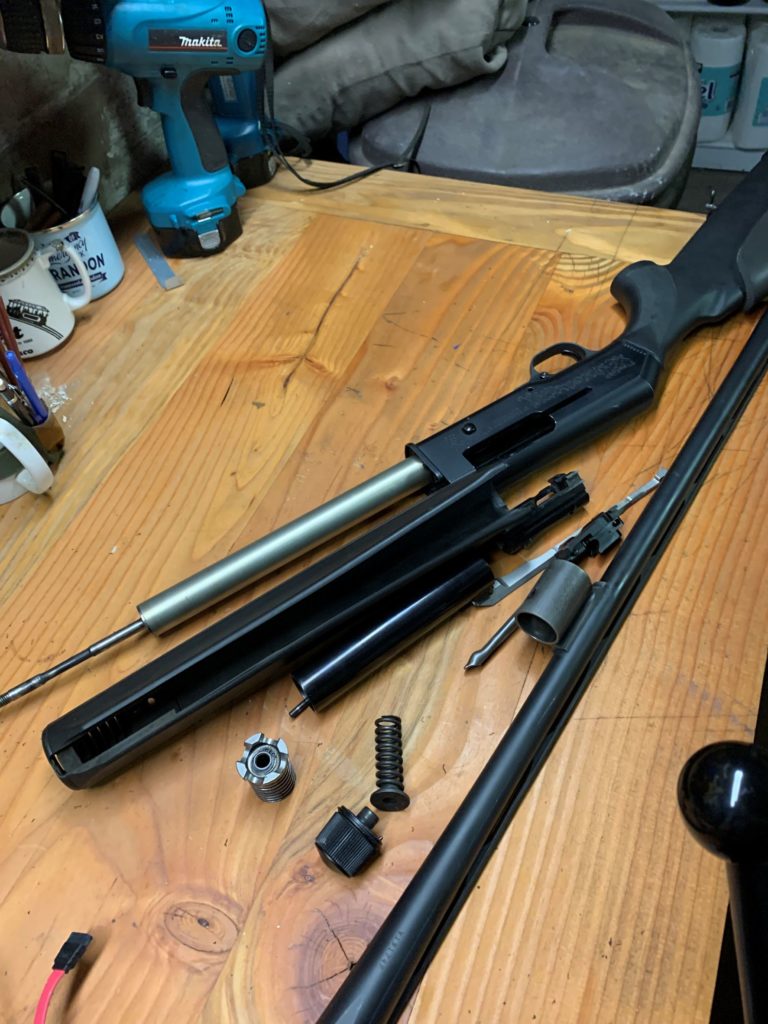
Recent Comments